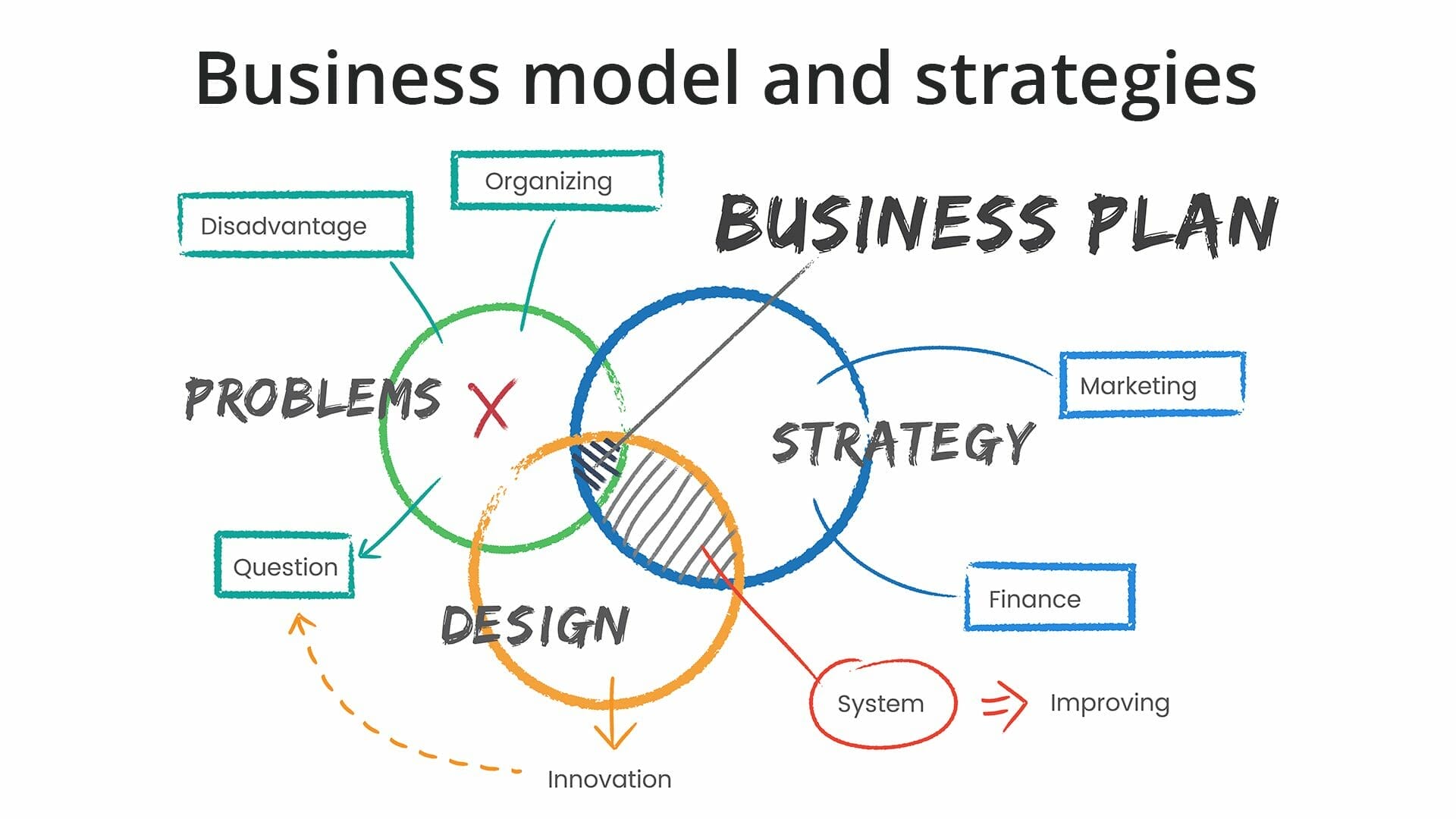Are you looking to impress potential investors and secure funding for your startup?
Then your only start should be a solid startup pitch deck that taps into the minds of your potential investors. In fact, a study by CB Insights found that 42% of startups fail to do so as the founding team come up with products that don’t have market demands.
Yes, it’s all about money again! To convince investors, you must explain your business and its growth prospects while stating and justifying the returns it will get them. If you can prove your startup’s potential and establish what’s in it for them, investors will likely offer the investments to get you rolling! And this is where the startup pitch deck comes in.

Admittedly, it’s the single most important factor that decides if you can get the funding to power your venture. So, let’s explore the key aspects of a startup pitch deck and cover some tips to create a successful pitch.
Let’s start!
What Is A Startup Pitch Deck?
A startup pitch deck is a pitch presentation that provides a brief and informative overview of a startup and its potential. The aspects covered in a startup pitch deck include the startup’s mission, business model, offering, market, competitors, finances, valuation, current status, and future plans.
Lastly, the pitch deck includes a call-to-action segment that justifies and requests a specific investment while explaining what investors stand to gain from it. While it is usually prepared to solicit investment, pitch decks may also be made to inform customers, employees, and other stakeholders. Moreover, investor pitch decks for startups may be made after some results are visible from small initial investments, as this indicates future potential.
The pitch deck for a startup is typically prepared as a presentation or pdf file by the startup or design agencies and then presented by the startup’s founder, founding team, or representatives. It may be designed in-house or by specialized pitch deck designers.
Documents to share before the presentation
You must share some documents with investors before and after the startup pitch deck to boost the impact of your pitch. Here are some important documents you must prepare and give to the investors-
- Business Plan- These are written records that outline the future plans and objectives of the startup and cover the proposed methods to achieve the objectives.
- Technical Documents- The investor may require documents related to the technology the startup is using, such as technical reports, patents, and other details.
- Financial Documents- You must provide financial reports, overall financial model description, and forecasts for the startup to convince potential investors about its feasibility and potential.
- Target Market Details- This includes reports having detailed information on the market being targeted.
- Executive summary- An executive summary is a two or three-page overview of your business covering all key aspects.
The Critical Slides In A Startup Pitch Deck Presentation!
A startup pitch deck must be based on thorough research, and it must be designed only by experts to ensure the best standards are met. Here are the main slides that almost every successful pitch deck for startups has, along with some tips on how to present them correctly-
1. Introduction

Naturally, you must start with a brief introductory slide that covers the basic details about the startup and presenters. This typically includes brief points about the unique value proposition of the startup and the key brand elements like the logo, brand name, and key offerings.
Remember to make a confident, professional, and clear introduction, as the first impression really counts in a startup pitch deck! If your business operates with a strong vision towards a cause, make sure to express it briefly but clearly in the slide.
2. Problem
Products or services derive their value from the problems they solve. So, you must start with the problems faced by your target customers using relatable points and examples that show you have empathy for people. This slide must emphasize the seriousness of the problem being faced with the aim of putting the investors in the shoes of potential customers, so they appreciate the problem.
3. Target market and competition

Now that investors understand the problem, you must specify who faces the problem to convince investors that there is a sufficient number of customers who are looking for a solution. Explain the ideal customer personality and situation to justify they will be interested in buying a solution.
Also, cover the existing problems and competition in the market to give an idea of the feasibility and potential of a solution along with the possible challenges. You must cover both opportunities and threats offered by the market to newcomers honestly to convince investors you have sufficient knowledge, understanding, and commitment.
4. Solution
This is a critical slide in your startup pitch deck where you must briefly but comprehensively state the features and benefits of your product or service while presenting it as a solution to the discussed problem. Remember to explain how it addresses the problem and how it can succeed in the conditions of the target market.
Also, always provide real customer examples, facts, figures, and relevant media in your slides to justify all your claims about the solution’s effectiveness. Showing the product in action live or through videos in your presentation is also a great idea to convince investors at this stage.
5. Business model and strategies

This slide must cover the operations, finances, offerings, pricing, marketing strategy, and targets of your business with relevant statistics and documentation. You must cover every aspect of your business’s current and planned actions in a brief manner to prove its feasibility in the long run.
The financial sustainability and marketing strategies of your startup are two key areas that must be covered in detail in this slide of your startup pitch deck. You must show how you advertise and promote your offerings and how you manage your cash flows and investment while explaining your profits/losses, capital, and valuation, amongst other details.
6. Traction
If your startup has been around for a while and you want investment to scale it up, you can provide comprehensive information on its success so far to investors to impress them. This slide visually represents your growth and achievements so far to convince investors that further investment will certainly bring greater results.
This slide in your startup pitch deck may also include future growth projections based on past trends and also projections of growth if you get the desired investment. The existing success and projections are highly effective at convincing investors as they provide real-life factual data that proves your potential.
7. Team

Your team can use images, key points, and direct conversation to build a personal rapport with the investors. Your team members must prove their reliability and commitment to encourage investors to collaborate with them. After all, investors are going to work with your team, and they know that only a good team can take a business to success!
8. Call to action
Finally, it’s time to get serious and ask for what you want. End your presentation with a strong statement or call to action that urges investors to take direct action. This slide must provide a convincing summary and remind investors what they can achieve by funding your startup.
After the pitch deck presentation, make sure to ask the potential investors if they have questions and answer confidently. Also, present the summary of your presentation as a file or handout. It will also make your startup pitch deck presentation interactive.
Tips To Make An Effective Startup Pitch Deck Presentation
There are some important suggestions you must consider when making or verifying your pitch deck file-
- Use a minimalistic and straightforward approach- Avoid overloading investors with information on your first pitch deck and explain the main aspects and points using bullet points and infographics.
- Focus on the story- While statistics add authenticity to your pitch, you must focus on engaging potential investors with a narrative approach and then add facts and figures to it. Provide real-life examples and case studies to make the story more relatable.
- Justify your claims and requests- Always provide facts and statistics to back your claims about the market, customers, ROI, valuation, etc. Also, clearly explain why you are requesting a specific amount and how you will use it without hiding any aspect.
- Make the pitch deck standalone- The pitch deck presentation should contain enough information so an investor can refer to all the key points by later seeing its print, pdf, or ppt.
- Keep the pitch deck updated- Ensure that your pitch deck is updated with the latest information, such as the latest metrics, recent milestones, and other relevant developments.
Tailor it to the audience- Make adjustments to the pitch deck to make it more relevant and understandable for the next audience whenever required.
The Bottom Line
The pitch deck for a startup is a crucial part of its fundraising. After all, getting large investments without an impressive and convincing presentation is nearly impossible. However, building an outstanding startup pitch deck that gets investors to spend large amounts on your startup is tricky.
It must be handled by expert designers who have extensive experience, or all your efforts in research and preparation may go waste due to a subpar pitch. So, make sure to hire a seasoned and reputed pitch deck designer like Infobrandz to make a killer startup pitch deck that brings high investments at affordable costs.
All the best!











0 Comments